First-time parents and young married couples: A neglected window of opportunity for family planning programs
Written by: Melanie Yahner, Advisor, Adolescent Sexual and Reproductive Health, Breakthrough ACTION
Youth family planning (FP) efforts have traditionally missed youth who are married and/or parenting. A growing focus on this population has generated a wealth of recent resources and learning.
A time of transitions, a window of opportunity
Becoming a parent for the first time entails various transitions: pregnancy, birth, and learning to care for a newborn. Every year, 13 million adolescents and many more young women give birth, accounting for about 11% of all births.[1] Most of these pregnancies occur in the context of marriage. For young mothers, other major life changes often occur in parallel—sexual debut, marriage, leaving school, moving to her husband’s home—and for some, all of these changes can happen within a year. Amidst these changes, many young married couples and first-time parents (FTPs), aged 15–24, become pregnant before they are ready, or have their second pregnancy too soon. Early and rapid repeat pregnancies are most common among adolescent mothers in many settings, and these further increase the risk of poor health outcomes for mothers and babies.[2]
FP use for these youth is limited by convergent factors.[3],[4],[5] For many, social norms limit girls’ status and decision-making power and create pressure for young couples to grow their families quickly. Poor treatment by health providers and FP myths—especially linked to infertility—further dissuade use.
What we know
Despite challenges, this transition is an opportunity to influence life-long practices, including FP. Recent efforts have distilled implementation results and lessons[6],[7]; “building blocks” for working with these populations call for effective SBC approaches and include the following:
- Recognize that youth who are married and/or FTPs are diverse, despite common experiences. The first pregnancy for some, even if mistimed, may be stressful but overall celebrated by the young woman and her family. However, for others, pregnancy may bring shame, judgment, and rejection.
- Use a socio-ecological lens to address needs at the individual, family, community, and system levels. Align programs with youth aspirations—for themselves and for their new families. Engage family and community to address social norms related to fertility and decision-making power. Build supportive, responsive health services that receive all clients respectfully.
- Engage male partners not just as decision-makers, but as individuals with unique—often unmet—needs as they become fathers.
Lingering questions, but a solid foundation of learning and resources
While recent efforts have raised lingering questions for further exploration,[8] the Compass is pleased to share a list of some outstanding resources in its latest Trending Topic.
[1] Woog, V., Singh, S., Browne, A., Philbin, J. (2015). Adolescent women’s need for and use of sexual and reproductive health services in developing countries [fact sheet]. Guttmacher Institute. https://www.guttmacher.org/fact-sheet/adolescent-womens-need-and-use-sexual-and-reproductive-health-services-developing
[2] Norton, M., Chandra-Mouli, V., Lane, C. (2017.) Interventions for preventing unintended, rapid repeat pregnancy among adolescents: A review of the evidence and lessons from high-quality evaluations. Glob Heal Sci Pract, 5(4), 547–570. doi: 10.9745/GHSP-D-17-00131
[3] Costenbader, E., Zissette, S., Martinez, A., , et al. (2019.) Getting to intent: Are social norms influencing intentions to use modern contraception in the DRC? PLoS ONE 14(7), e0219617. https://doi.org/10.1371/journal.pone.0219617
[4] Igras, S., Yahner, M., Ralaison, H., et al. (2019). Reaching the youngest moms and dads: A socio-ecological view of actors and factors influencing first-time young parents’ use of sexual and reproductive health services in Madagascar. Afr J Reprod Health, 23(3). 19–29.
[5] Kanesathasan, A. (2019). Improving Family Planning Outcomes for First-Time Parents in the Greater Mahale Ecosystem of Tanzania. USAID. https://www.e2aproject.org/publication/improving-family-planning-outcomes-first-time-parents-greater-mahale-ecosystem-tanzania-report/
[6] Save the Children. (2019). Beyond the ABCs of FTPs: A deep dive into emerging considerations for first time parents programs. Healthy Newborn Network. https://www.healthynewbornnetwork.org/hnn-content/uploads/Beyond-the-ABCs-of-FTPs_2019-brief.pdf
[7] Greene, M.E., Gay, J., Morgan, G., Benevides, R., Fikree, F. (2014). Reaching young first-time parents for the healthy spacing of second and subsequent pregnancies. USAID: Washington, DC.
[8] Kanesathasan, A. and Yahner, M. (2018). What’s new with first-time parents? Three takeaways from our recent knowledge-sharing event. USAID. https://www.mcsprogram.org/whats-new-with-first-time-parents-three-takeaways-from-our-recent-knowledge-sharing-event/

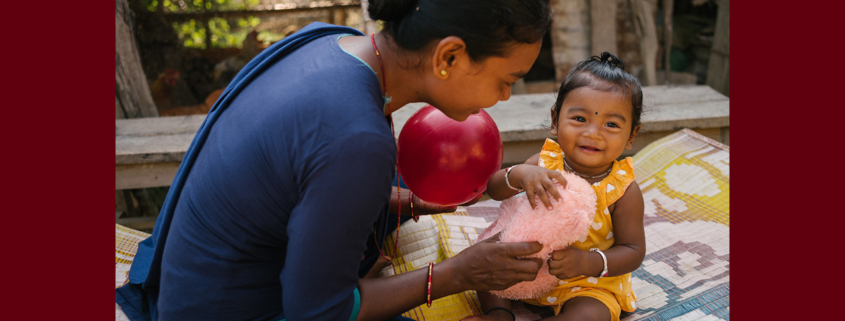 Dave Cooper/USAID
Dave Cooper/USAID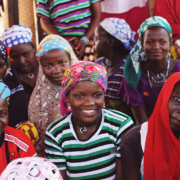 Cambey Mikush/Photoshare
Cambey Mikush/Photoshare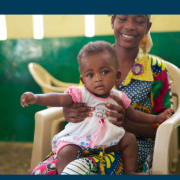 Sara Holbak/VectorWorks/Photoshare
Sara Holbak/VectorWorks/Photoshare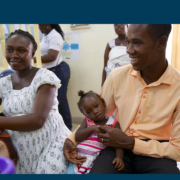 Sarah Hoibak/VectorWorks/Photoshare
Sarah Hoibak/VectorWorks/Photoshare Getty Images/Image of Empowerment
Getty Images/Image of Empowerment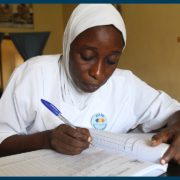 © 2012 CCP/NURHI 2, Courtesy of Photoshare
© 2012 CCP/NURHI 2, Courtesy of Photoshare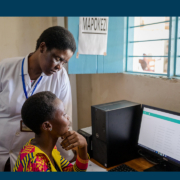 Rachel Chilton/USAID/Flickr
Rachel Chilton/USAID/Flickr